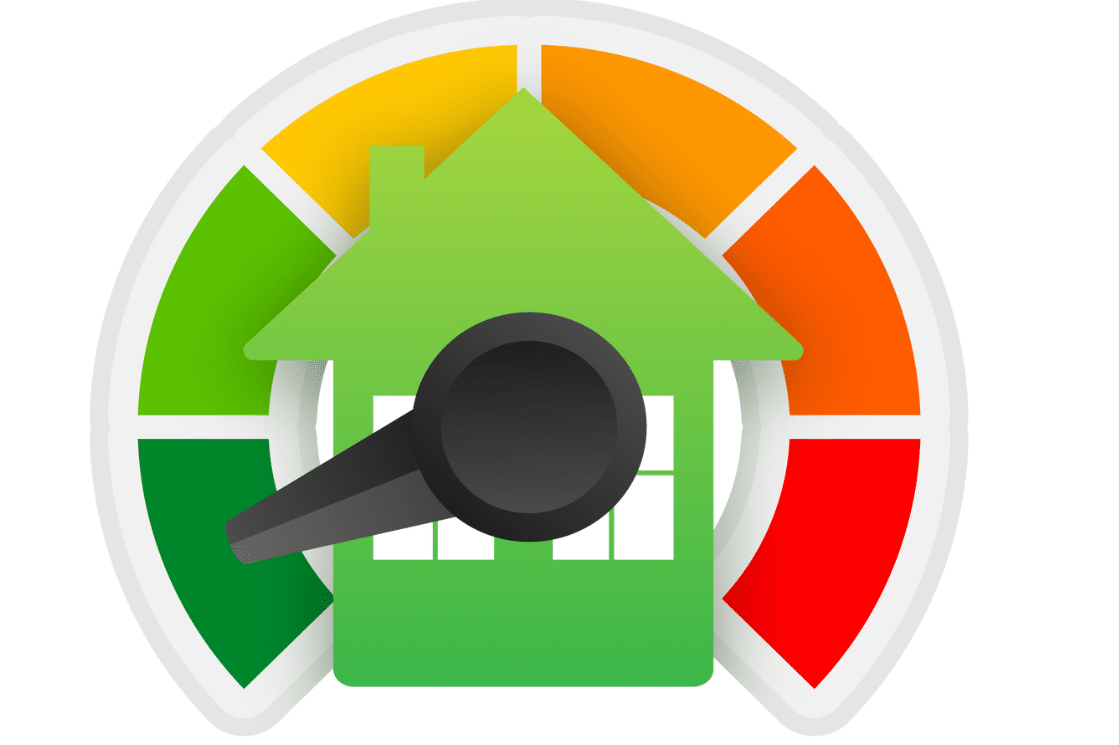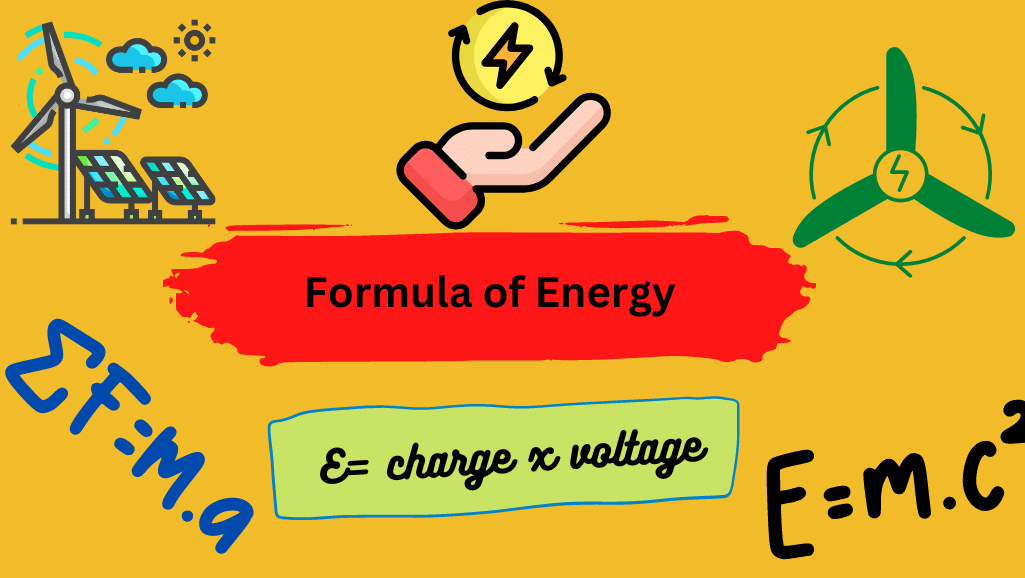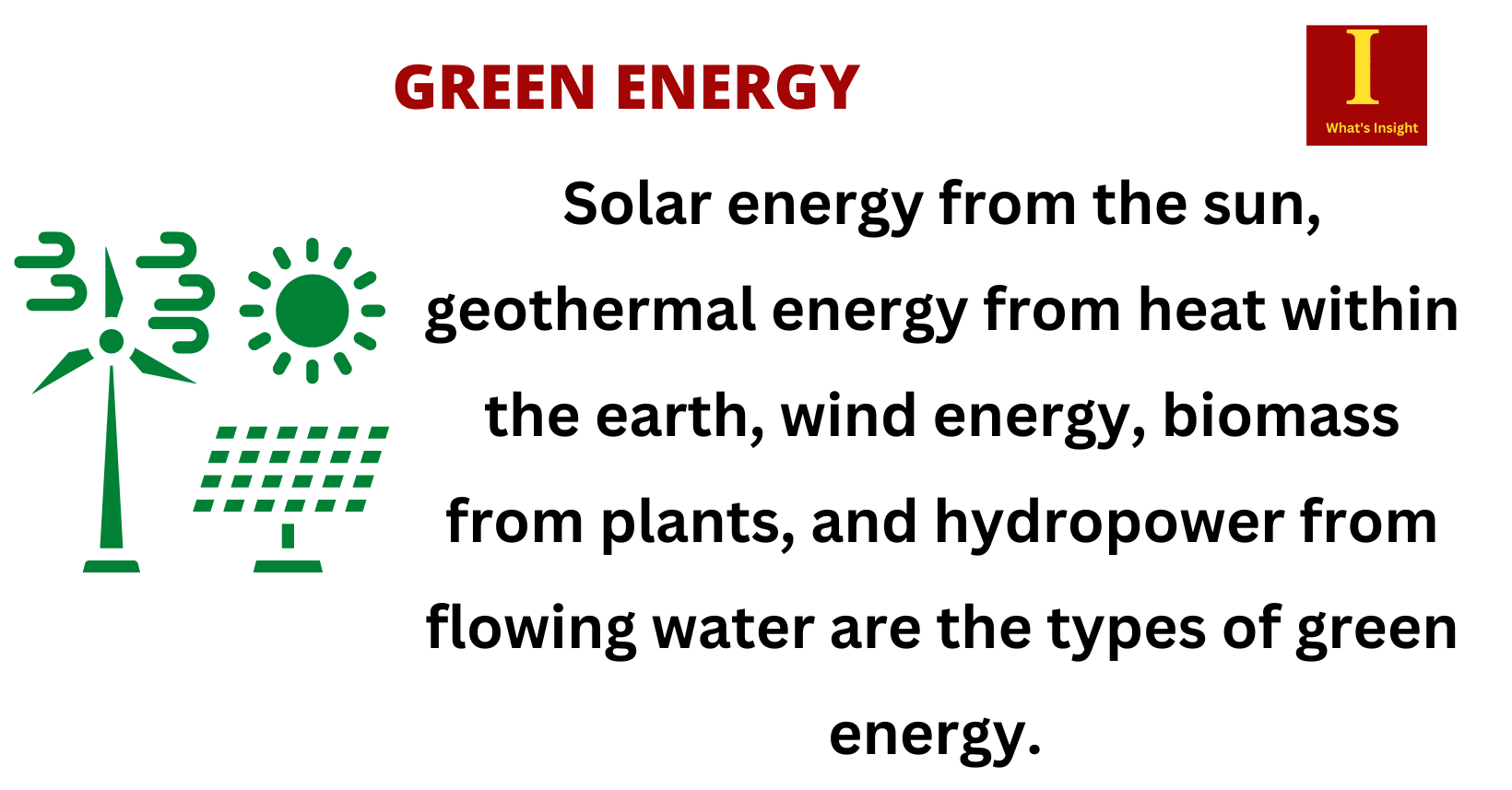The efficiency of a system is defined as the ratio of useful energy output to total energy input. When a system is efficient, it means that the majority of the energy transferred is useful. When a system is inefficient, the majority of the energy transferred is wasted.
Efficiency is a measurement of how much energy is converted usefully (compared to how much is wasted). Since all devices waste energy, efficiency is always less than one or less than one hundred per cent.
Efficiency has no units because it is a ratio. The symbol of efficiency is η (the Greek letter “eta”)
The efficiency formula is given a:
% Efficiency Formula = (useful energy out ÷ total energy in) x 100
A simple example is the efficiency of a power drill which uses 500J of electricity and generates only 400J of kinetic energy by the drill. The efficiency could be calculated as follows:
% Efficiency = (useful energy out ÷ total energy in ) x 100
Efficiency = (400 ÷ 500) x 100
Efficiency = 80%

Table of Contents
Power and Efficiency
Power is the rate at which work is done or energy is transferred. It is measured in watts (W) or horsepower (hp).
A simple example of power is a light bulb.
A 100-watt light bulb converts electrical energy into light and heat energy at a rate of 100 watts.
This means that the light bulb is using 100 joules of energy per second to produce light and heat.
The higher the wattage of a light bulb, the more power it uses and the brighter the light it produces.
Units of Power and Efficiency
| Quantity | Unit |
| Power | Watt (W) |
| Horsepower (hp) | |
| Kilowatt (kW) | |
| Efficiency | Dimensionless (expressed as a percentage or decimal fraction) |
Power and Efficiency of Daily Life Appliances
| Appliance | Power Consumption (Watts) | Energy Consumption (kWh/hour) | Calculation | Efficiency |
| Incandescent Light | 60 | 0.06 | 60/1000 = 0.06 | N/A (converts all to heat) |
| Laptop Computer | 20-100 | 0.02-0.1 | 20/1000 = 0.02, 100/1000 = 0.1 | High (produces useful work with low power) |
| Microwave Oven | 600-1,200 | 0.6-1.2 | 600/1000 = 0.6, 1200/1000 = 1.2 | Medium (converts some power to heat, some to microwaves) |
| Refrigerator | 100-300 | 0.1-0.3 | 100/1000 = 0.1, 300/1000 = 0.3 | Low (moves heat from inside to outside) |
| Air Conditioner | 500-1,500 | 0.5-1.5 | 500/1000 = 0.5, 1500/1000 = 1.5 | Medium (moves heat from inside to outside) |
| Hair Dryer | 1,000-1,500 | 1-1.5 | 1000/1000 = 1, 1500/1000 = 1.5 | Low (converts most power to heat) |
Daily Life Examples of Reduction in Efficiency
- A light bulb is intended to produce light, but it also generates heat energy, which is dissipated into the surrounding environment.
- A car engine is designed to generate kinetic energy, but it also generates heat and sound, which are dissipated into the environment.
Definiton of Eficiency
The ratio of work performed by a machine or process to total energy expended or heat consumed is known as efficiency.
Summary Points
- The primary method for defining efficiency is the ratio of useful output to required input. Energy efficiency is the definition of efficiency based on the first law of thermodynamics.
- Efficiency has no units. It is the ratio of two quantities.
- Energy-efficient appliances and equipment use less energy-intensive technologies to reduce the amount of electricity used per product.
- If you put 100 Joules into a machine and receive 50 Joules back, you would have:
% efficiency = (50 J) / (100 J) * 100% = 50%
Solved Problems
Problem 1: A light bulb uses 60 watts of power and produces 600 lumens of light. What is its efficiency?
Solution:
The efficiency of the light bulb can be calculated as the ratio of the useful output (luminous flux) to the total input (power).
Efficiency = (Useful output / Total input) x 100%
The useful output is the luminous flux, which is given as 600 lumens.
The total input is the power, which is given as 60 watts.
Efficiency = (600 lumens / 60 watts) x 100% Efficiency = 10 lm/W x 100% Efficiency = 1000%
The efficiency of the light bulb is 1000%, which is an incorrect result. This is because the equation used assumes that the units of useful output and total input are compatible, which is not the case here. Lumens and watts are different types of physical quantities and cannot be directly compared in this way.
To get a correct answer, we need to convert the luminous flux from lumens to watts, using the luminous efficacy of the light bulb. Luminous efficacy is a measure of how efficiently the light bulb converts electrical power into visible light.
Assuming a luminous efficacy of 10 lumens per watt (which is typical for incandescent light bulbs), we can convert the luminous flux to power as follows:
Power = Luminous flux / Luminous efficacy
Power = 600 lumens / 10 lm/W Power = 60 watts
Now that we have the power in watts, we can calculate the efficiency using the formula:
Efficiency = (Useful output / Total input) x 100%
Efficiency = (600 lumens / 60 watts) x 100% Efficiency = 10 lm/W x 100% Efficiency = 10%
The efficiency of the light bulb is 10%.
Problem 2: A gasoline engine produces 200 horsepower and consumes 15 gallons of gasoline per hour. What is its efficiency?
Solution:
The efficiency of the engine can be calculated as the ratio of the useful output (power) to the total input (fuel consumption).
Efficiency = (Useful output / Total input) x 100%
The useful output is the power produced by the engine, which is given as 200 horsepower.
To calculate the total input, we need to convert the fuel consumption from gallons per hour to watts. To do this, we need to know the energy content of gasoline in units of joules per gallon.
Assuming an energy content of gasoline of 124,000 BTU per gallon and a conversion factor of 1055 joules per BTU, we can convert the fuel consumption from gallons per hour to watts as follows:
Fuel consumption = (Gallons per hour) x (Energy content) x (Conversion factor)
Fuel consumption = (15 gal/hr) x (124,000 BTU/gal) x (1055 J/BTU) / (3600 s/hr)
Fuel consumption = 547,042 watts
Now that we have the total input in watts, we can calculate the efficiency using the formula:
Efficiency = (Useful output / Total input) x 100%
Efficiency = (200 hp x 746 W/hp) / 547,042 W x 100% Efficiency = 0.27%
The efficiency of the gasoline engine is 0.27%.
More Links
- BCl3 Lewis Structure in four simple steps - November 1, 2023
- PH3 Lewis Structure in four simple steps - October 8, 2023
- PF3 Lewis structure in four simple steps - September 24, 2023



